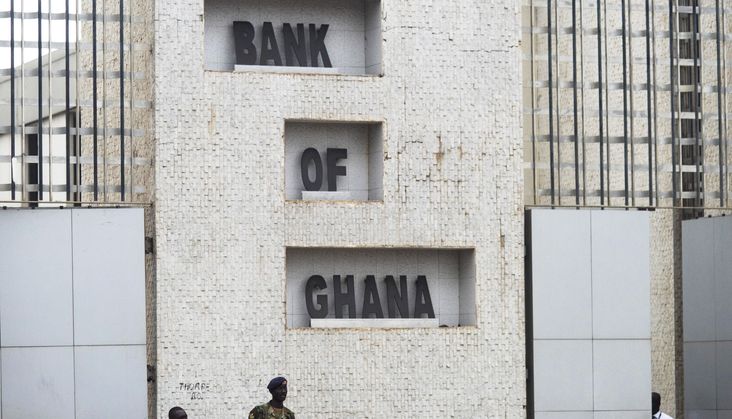Banks record 51.4% growth in profit to ¢4.3bn in half-year 2023; financial soundness indicators stable
The banking sector’s profitability improved in the first half of 2023, as banks profit-after-tax stood at ¢4.3 billion, up from ¢2.8 billion.
This represents a 51.4% increase.
According to the Bank of Ghana, the strong profitability performance during the first half of the year translated into a higher return-on-equity of 37.6% from 21.9% in June 2022 and a higher return-on-assets of 5.5% compared to 4.6% in June 2022.
Net interest income increased by 41.4% to ¢9.9 billion, relative to the increase of 12.4% recorded a year ago. Net fees and commissions also grew by 30.6% to ¢2.2 billion, compared with 27.0% over the same period last year.
Operating income, as a result, rose sharply by 46.1%, higher than the 22.6% recorded in 2022.
But the industry’s cost of operations increased, with operating expenses increasing by 44.9% during the first half, compared with 22.9% growth for the same period in 2022.
The net effect of these developments was a 51.2% increase in profit-before-tax in June 2023, compared with 20.8% growth in June 2022.
Key financial soundness indicators broadly stable
The key financial soundness indicators remained broadly sound, supported by the temporary regulatory reliefs extended to the banks in the wake of the DDEP.
The industry’s Capital Adequacy Ratio (CAR) for June 2023, stood at 14.3%.
This is higher than the revised prudential minimum of 10%, but lower than the CAR of 19.4% recorded in June 2022.
The decline in the CAR is explained by the losses on mark-to-market investments from the DDEP as well as the increase in the risk-weighted assets of banks.
The industry’s NPL ratio deteriorated to 18.7% in June 2023 from 14.1% in June 2022, reflecting higher loan impairments and elevated credit risks.
The industry’s liquidity indicators, on the other hand, improved during the period under review.



